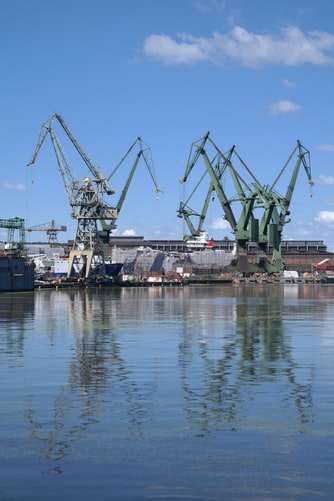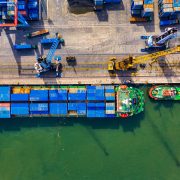Shipyards have often been an infamous place where workers have become exposed to asbestos fibers.
In fact, before it was believed that these fibers were dangerous, they were widely used on ships because of their resistance to fires. This led to a whole host of health problems because of how the substance has been known to cause cancers. At one point, it was hard not to find these fibers used on the ships. They were especially used during World War II and the Vietnam-era.
Popular in the Navy
Especially because fires could be the cause of a sinking ship, the Navy saw widespread use of asbestos-based products throughout the ship. In fact, you couldn’t go anywhere on the ship without encountering it from the boiler room to the bow to the stern. Anyone who worked on the ship was most likely exposed to these fibers.
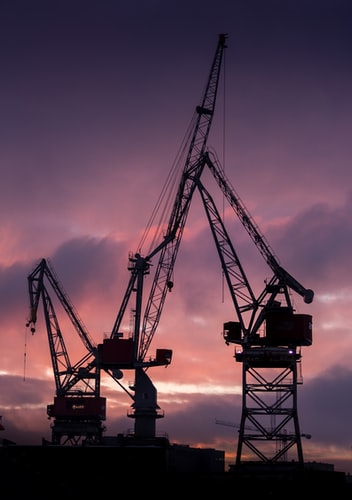
The biggest irony is how these fibers were usually used with the purpose of protecting people from danger, but what it did was exposed them to another kind of danger. The biggest danger was a hidden one that would have a big impact on their lungs and cause cancer. Many former shipyard workers have a history of developing these asbestos-related illnesses.

At one point, it was estimated that over 300 asbestos-containing products had this in them during a ship construction. It became popular to use it close to any part of the ship that had a high level of heat, and the places that were vulnerable to corrosion. The fact that it was hard to find a part of the ship where it wasn’t being used is part of what made it so difficult because everyone involved in the shipyard was put in danger
Some of the potential things that it was used for include:
-
Adhesives
-
Gaskets
-
Valves
-
Pipe coverings
Exposure for the Profession
Exposure often began with those who would load and unload the asbestos-related products onto and off of the ships. Even the delivery of these different parts could lead to exposure to the fibers. Another big danger was how the longer you were exposed to asbestos-related products, the more of it that would accumulate in your lungs and put you at an increased risk of danger. Everything from the pallets to the crates to the wrapping materials on the ship would have this substance on it.
What’s more, no one was safe from it. Even the people who built the ships or decommissioned them would face some level of exposure to it. While it largely depended on the shipyard, workers could be exposed to it on a variety of the naval ships from the aircraft carriers to the submarines to the cruisers to auxiliary vessels and submarines.

Waiting for the Effects to Come to Fruition
One of the reasons that people didn’t know right away that asbestos-based products were dangerous was because of the long time that it can take for mesothelioma to rear its ugly head. In fact, it has been known to take anywhere from 10 to 50 years before the symptoms from this rare form of cancer become known.
Some of the shipyards where it has been well documented on exposure includes:
-
Caddell Dry Dock
-
New York Shipbuilding Corporation
-
San Diego Naval Shipyard
-
Southwest Marine
Scientific Research
Based on findings from the Ulster Medical Society, researchers learned the rate that shipyard workers contracted asbestosis, which is a disease commonly found because of people who worked around asbestos. What the results found were troubling.
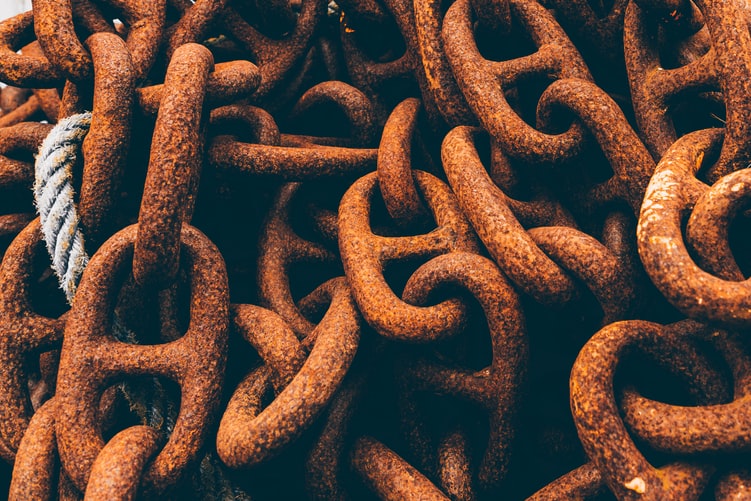
In fact, the mortality rate in those who were working on the shipyards was around 16 times higher than what it would be if it were within the general public. Another finding was how many of these deaths were located in an area where most of the shipbuilding took place like on the Western and Eastern coasts of the United States.
Unfortunately, our veterans have been some of the hardest hit by the asbestos-related products. In fact, around 30 percent of the lawsuits that get filed for asbestos-related diseases are for the veterans who now have the disease. Those working in the Navy military branch were the ones hardest hit.
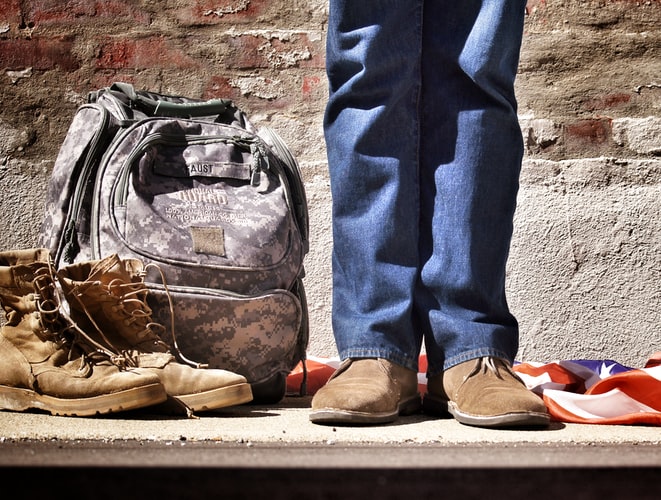
The shipyard has been dependent on these contaminants, which has led to a high level of people who contracted the asbestos-related diseases. Based on the Federal Tort Claim Act, the United States government has cast off all possible liability for it, which has left the shipyards in the greatest danger of legal action. In one 2011 case, a former employee, Bert Minton, was awarded $25 million against Exxon Corporation because of the oil tankers that he had previously done work for had exposed him to asbestos-related products.
